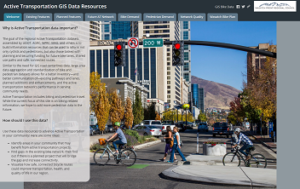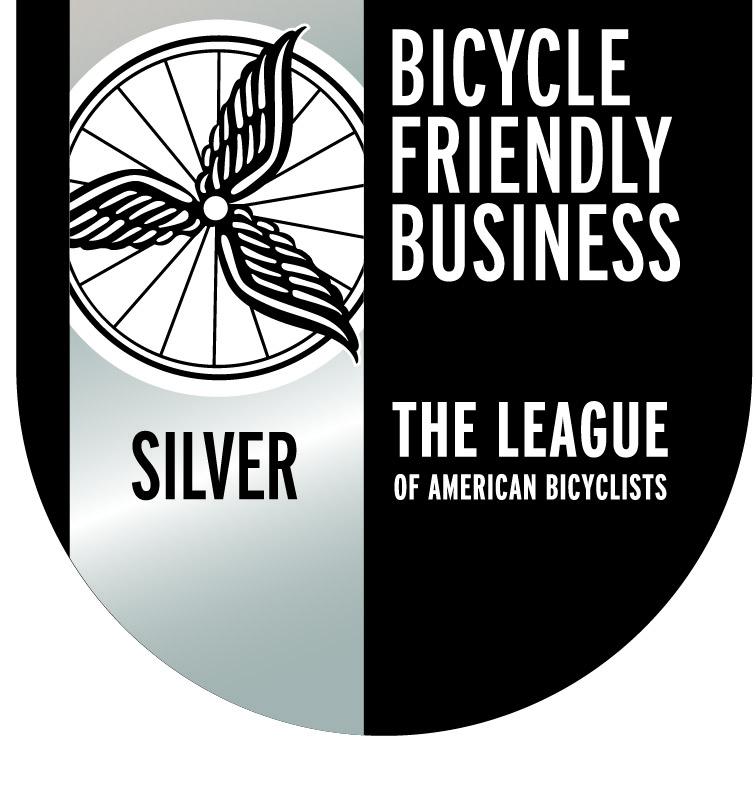Biking and walking typically fall under the term active transportation, but any form of travel powered by the human body such as using a wheelchair, skateboarding, scootering, or roller-blading is active transportation as well.
There are many community and individual benefits to active transportation, including increased wellness and social connectedness, travel cost savings, mobility independence, reduced environmental impact, and improved air quality. Additionally, every time you opt to walk or bike rather than travel in your car, there is one less car on the road – making it easier for those who have to drive to get around. See the Utah Active Transportation Benefits Study for more information on benefits and best practices.
Supporting active transportation is consistent with all of the Wasatch Front Regional Council’s Wasatch Choice Vision goals. WFRC participates in many active transportation planning efforts, understanding that travel choices are critical to maintaining and building an efficient and integrated transportation system for the region. The Transportation and Land Use Connection program provides funding to local governments to develop active transportation plans and the Active Transportation Committee involves regional stakeholders to provide guidance on bicycle and pedestrian planning issues. All active transportation planning efforts undertaken involve partners such as the Utah Department of Transportation, Utah Transit Authority, WFRC member counties and cities, state and local health departments, and state and local advocacy groups.
The 2023-2050 Regional Transportation Plan (RTP) focuses on planning a bicycle network that is both safe and convenient for users. Where possible, family-friendly facilities that separate bicycles from vehicle traffic are planned in the style of similar projects such as Grant Avenue Promenade in Ogden and the Denver & Rio Grande Western Rail Trail in Weber & Davis Counties that fulfill regular trips and recreational uses. Additionally, the RTP focuses on regional connections to ensure that origins and destinations are conveniently linked together along with improved connections to transportation services, such as bus and rail.
Since the RTP is a long-range plan, envisioned active transportation projects identified in the RTP may evolve over time. During project development, context sensitive solutions will be considered to build out the preferred solution. Further jurisdiction coordination, deployment of interim designs, or phased implementation may be necessary until complete redesign or reconstruction of the roadway and active transportation facility occurs, and/or additional right-of-way can be acquired.
Overall, the 2023-2050 RTP places a growing emphasis on active transportation, considering access, convenience, and safety of bicycle users as well as integrating facilities within roadway and transit projects.
For additional information regarding active transportation, please contact Hugh Van Wagenen and visit the Active Transportation Committee for the most up-to-date information on bicycle and pedestrian planning issues.
The Golden Spoke is a network of over 170 miles of multi-use trails across the Wasatch Front Region, from Ogden to Provo. The Golden Spoke Ride Event is held yearly and features routes of varying mile lengths and directions to provide options to participants of differing ability and age.
2018 Ride Route Videos (While the official routes have changed over the years, the videos are illustrative of past regional courses at varying intensity that you can still ride today)


